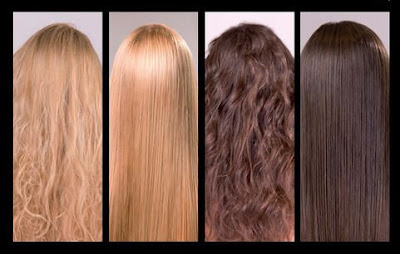Covering the outside of your body is a
protective layer that consists of your skin, hair, and nails. Skin is the
body’s largest organ and it has several functions. It waterproofs the body and
forms a barrier against bacteria, viruses and the harmful effects of sunlight.
Skin also contains sensors that detect pressure, pain, heat and cold enabling
you to feel your surroundings. Nails and hair are extension of the skin.
Skin
It consists of two layers: Dermis and Epidermis. The
epidermis is the thin, but tough outer protective layer of the skin. It has a
number of layers. The inner thicker dermis contains sensory nerve endings,
blood vessels, hair follicles and sweat glands.
Pigmentation- Cells in the epidermis make a pigment
called melanin, which protects the body against damage by strong sunlight.
People with darker skin produce more melanin than those with lighter skin.
Temperature control- Skin helps the body maintain an
even temperature of about 37c. if your body gets too hot, glands release sweat
and blood vessels widen to give off heat. To cool the body, blood vessels get
narrower.
Nails
Nails are hard coverings that protect the ends of
fingers and toes. Cells in the root of the nail divide constantly, pushing the
nail forward over the nail bed. Finger nails grow at a rate of about 5 mm (0.2
inches) each month, but toe nails grow more slowly.
Nail Structure- Nails are made of the tough protein,
keratin. The nails are colorless but appear pink because they rest on a bed
served by blood vessels. They grow from active skin cells under skin folds at
their base and sides. An opaque crescent called the lunula at the base of each
nail contains many of these active cells.
Hair
Millions of hairs cover your body. There are two
types of hair. Fine vellus hair grows over most of the body. Thicker terminal
hair grows on the scalp, and makes up the eyebrows and eyelashes. Hairs grow
out of pits in the skin called follicles. Hair on your head grow about 1 cm
(0.4) inches a month.
 Hair Structure- The shaft of a hair consists of
three layers. The cuticle forms overlapping scales on the surface of the hair.
Below the cuticle, the cortex forms the main part of the shaft and the medulla
is the tough core. Cells in the follicle divide and push upwards to form the
shaft of the hair.
Hair Structure- The shaft of a hair consists of
three layers. The cuticle forms overlapping scales on the surface of the hair.
Below the cuticle, the cortex forms the main part of the shaft and the medulla
is the tough core. Cells in the follicle divide and push upwards to form the
shaft of the hair.




